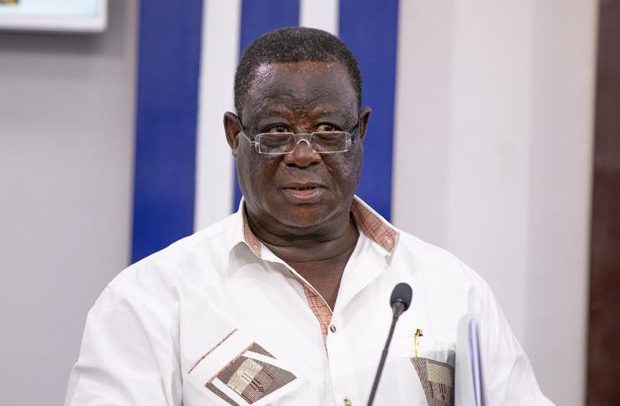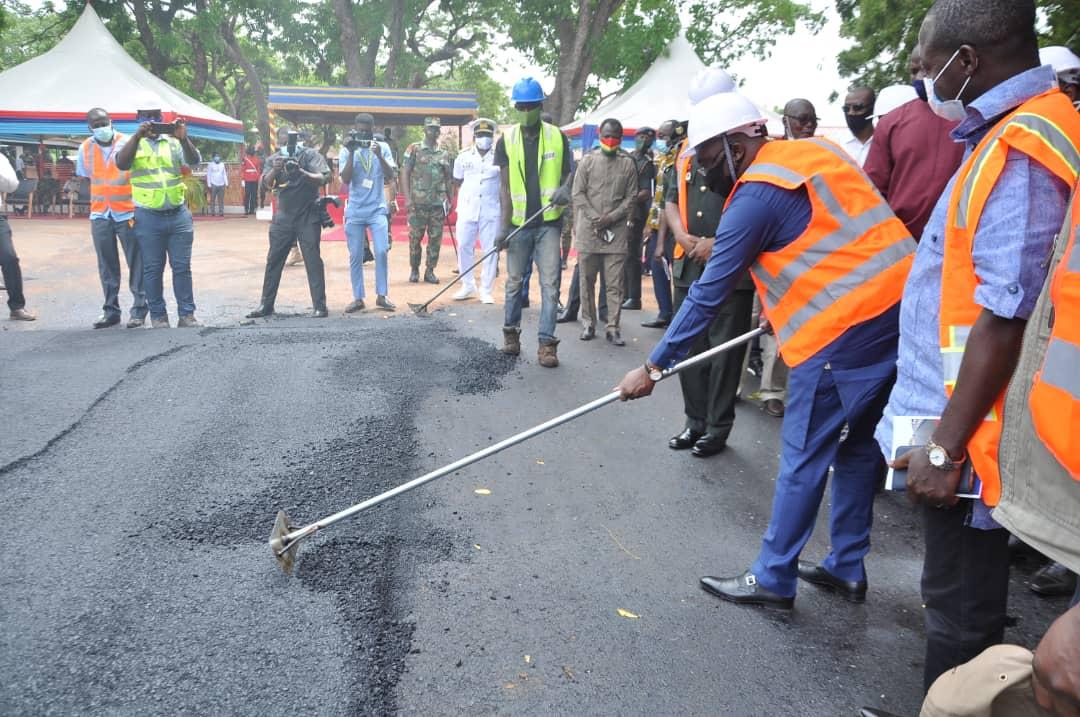
The government’s plan to construct a 198.7-kilometre Accra–Kumasi Expressway, announced by Finance Minister Dr. Cassiel Ato Forson, has ignited national interest and renewed debate over Ghana’s long-term infrastructure planning.
Presented in Parliament as the country’s first modern six-lane bi-directional Class A expressway, the project aims to transform travel between the nation’s two most important cities.
Dr. Ato Forson explained that the new alignment will cut the current travel distance from 250 kilometres to 198.7 kilometres, significantly reducing travel time and lowering transport costs by an estimated 40 percent.
The route will pass through the Greater Accra, Eastern and Ashanti Regions, featuring eight major interchanges and three expansive bridges over the Birim and Pra Rivers. The expressway forms a key component of the government’s US$10 billion Big Push Initiative and is projected to generate more than 30,000 direct and indirect jobs.
Beyond mobility, government expects the expressway to stimulate industrial development, logistics hubs and service economies along the corridor, critical pillars of Ghana’s emerging 24-Hour Economy.
For many Ghanaians, including The Chronicle, the project offers long-overdue relief from the deteriorating Accra–Kumasi road, officially designated National Highway Six (N6). For years, this corridor has failed to meet the standards of a true highway. The single-carriage stretch is marred by potholes, broken guardrails and dangerous sections that cut directly through densely populated communities, conditions that have contributed to hundreds of preventable deaths.
The over-reliance on this single route, intensified by the absence of a functional alternative such as a national passenger rail system, has placed unsustainable pressure on the N6. The road’s rapid deterioration has repeatedly outpaced maintenance efforts, deepening public frustration and eroding national productivity.
While The Chronicle welcomes the Accra–Kumasi Expressway as an essential and ambitious step forward, it stresses that Ghana must not repeat past planning mistakes.
A critical example is the Tema Motorway, which though built with admirable foresight allocated its future expansion reservations along the fringes of the road, rather than within a protected median. Over the years, encroachment, uncontrolled development and various infrastructure installations have consumed these outer reservations, leaving little room for efficient expansion of the motorway itself.
To avoid a similar national setback, The Chronicle is urging government planners to incorporate a wide, secured median at the centre of the new expressway. Such a median would provide protected space for future additions whether expanded lanes, rapid bus transit corridors, dedicated freight lanes or even rail infrastructure, ensuring that Ghana’s most important roadway does not become obsolete within a generation.
The Chronicle maintains that strategic foresight today will save the nation billions of cedis tomorrow. As Ghana commits to building a modern expressway between Accra and Kumasi, The Chronicle believes that a wide safeguarded median is not merely desirable, it is essential.
For more news, join The Chronicle Newspaper channel on WhatsApp: https://whatsapp.com/channel/0029VbBSs55E50UqNPvSOm2z
The post Editorial: Accra–Kumasi Expressway Must Avoid The Tema Motorway Mistake appeared first on The Ghanaian Chronicle.
Read Full Story
















Facebook
Twitter
Pinterest
Instagram
Google+
YouTube
LinkedIn
RSS